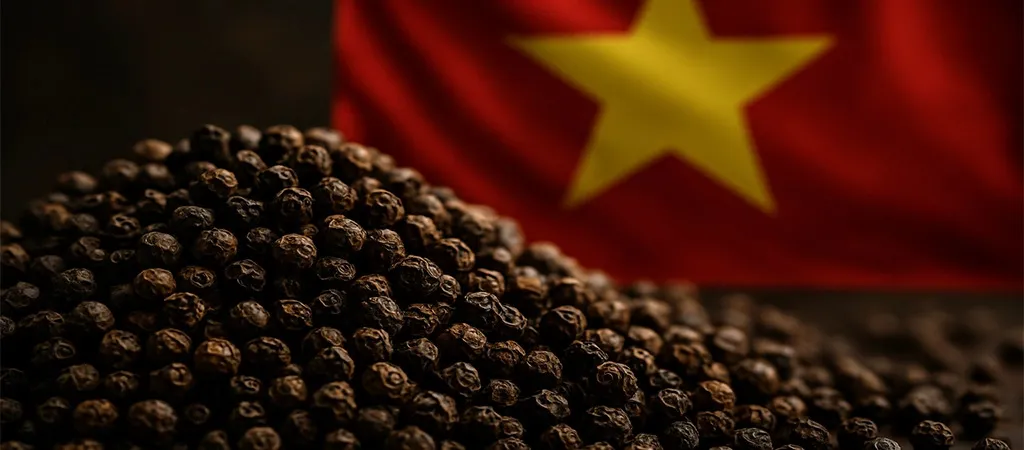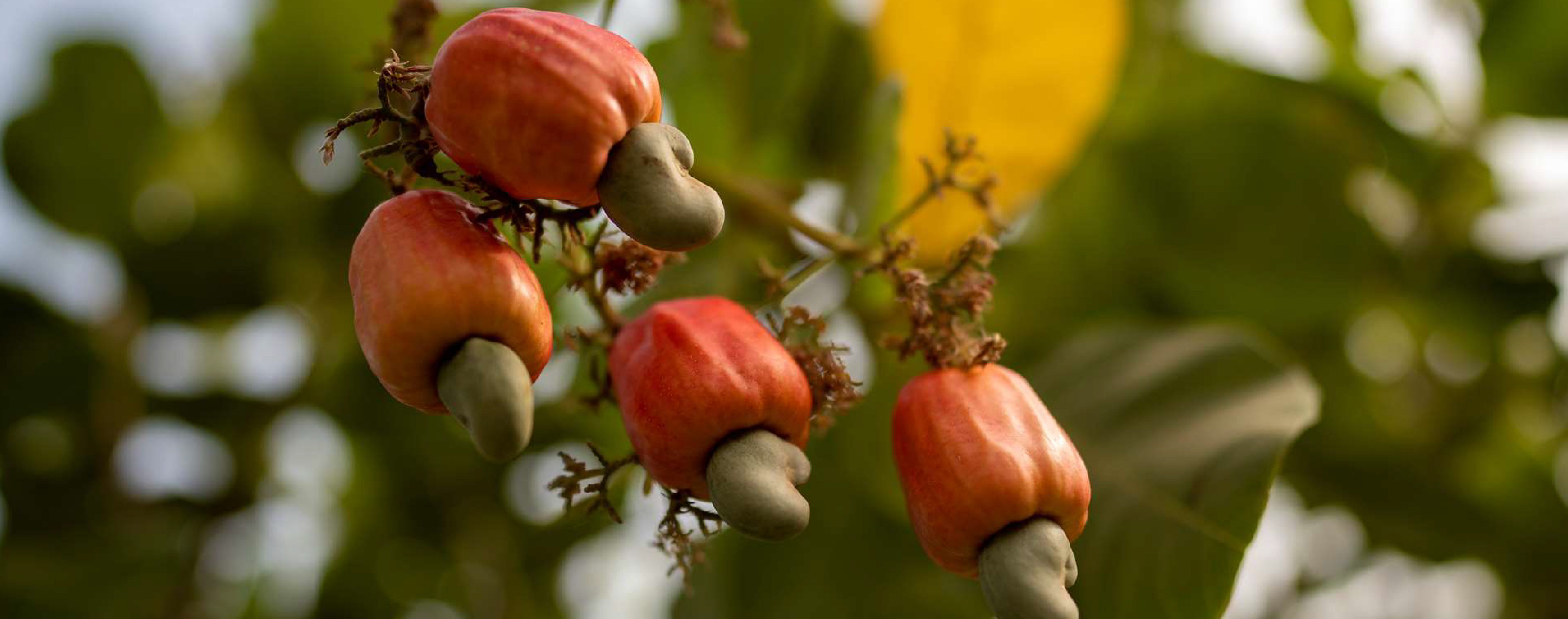
Vietnamese black pepper prices hit a 10-year high due to global supply issues, weather delays, and strong demand—impacting trade, farmers, and consumers.

Cashew Market Update: Record Prices, Growing Demand & Strategic Expansion
The global cashew market in 2024 is reaching new highs as prices surge, driven by rising demand, supply constraints, and expanding production efforts. Vietnam’s cashew exports set record prices, while EU imports are booming, with major suppliers like Côte d'Ivoire and Benin increasing shipments. Cambodia, now the second-largest exporter of raw cashews, is positioning itself to become the world’s top supplier with a new dedicated growing area and processing facilities. This comprehensive update explores the latest cashew market trends, price shifts, and key insights for importers and exporters navigating this dynamic landscape.
Vietnam
Vietnam’s cashew industry is thriving as export prices hit new heights. The Vietnam Cashew Association (Vinacas) reported that export prices reached an annual high of $6,560/mt in September, a 22.5% increase over last year, boosted by a steady rise in global demand and an increase in quality. Vietnam’s total exports for 2024 have risen by 28% in volume and nearly 33% in value compared to 2023. However, Vietnam also faced a 10% decline in raw cashew imports due to poor yields in West Africa, tightening supply and driving up prices.
EU Cashew Imports Surge
The EU saw a notable 7.4% increase in cashew imports, totaling over 144,000 mt from January to October 2024. Vietnam led as the primary supplier, followed by Côte d'Ivoire, which saw a significant export increase of over 21%. Benin also made a substantial mark, with a 149% increase in exports to the EU, while Nigeria supplied 41.4% more cashews compared to last year. Leading buyers within the EU included the Netherlands, Germany, and Spain, highlighting Europe’s sustained demand for cashews.
India’s Market Impact
In India, the W320 cashew price reached $8,015/mt FOB, marking a steady increase. Competition from Vietnamese and African exporters, rising costs, and growing domestic demand are all factors in India’s price surge. This trend adds pressure on international buyers, who may start seeking more cost-effective sourcing solutions.
Cambodia’s Strategic Expansion
Cambodia, currently the world’s second-largest exporter of raw cashews, is advancing its cashew sector through partnerships with international companies from Turkey, the U.S., and Japan. With plans for a specialized cashew-growing area and two large-scale processing plants, Cambodia aims to become the world’s largest exporter of raw cashews within the next few years. Exports from Cambodia are initially targeting Turkey, with plans to expand into the EU and Middle Eastern markets.
Price Trends & Market Insights
Global cashew prices are trending higher due to strong demand, reduced supply, and increased production costs. Vietnam and India continue to lead in high-quality exports, with the former experiencing price highs amid tighter supply. As Cambodia expands, it is expected to play a crucial role in stabilizing global supply and meeting demand from diverse international markets.
FAQs: Cashew Market 2024
1. Why are cashew prices increasing in 2024?
Rising demand, reduced raw cashew imports, and production challenges in West Africa are pushing up global cashew prices.
2. Which countries are the top cashew exporters?
Vietnam, India, Côte d'Ivoire, and Cambodia lead global cashew exports, with Cambodia aiming to take the top spot within a few years.
3. How is the EU’s demand for cashews changing?
EU imports increased by 7.4% this year, with major suppliers like Vietnam, Côte d'Ivoire, and Benin seeing notable growth.
4. What impact does Cambodia’s new initiative have?
Cambodia’s specialized cashew project is expected to increase its production capacity, strengthening its position in Turkey, the EU, and the Middle East.
5. What are the key factors driving India’s cashew prices?
High domestic demand, rising production costs, and increased competition are driving up India’s cashew prices in 2024.
Conclusion
With rising prices and increasing demand, the cashew market presents unique opportunities for traders. UAE buyers and global importers can look to emerging suppliers like Cambodia to help meet demand, while established exporters such as Vietnam and India remain vital players in the market.

